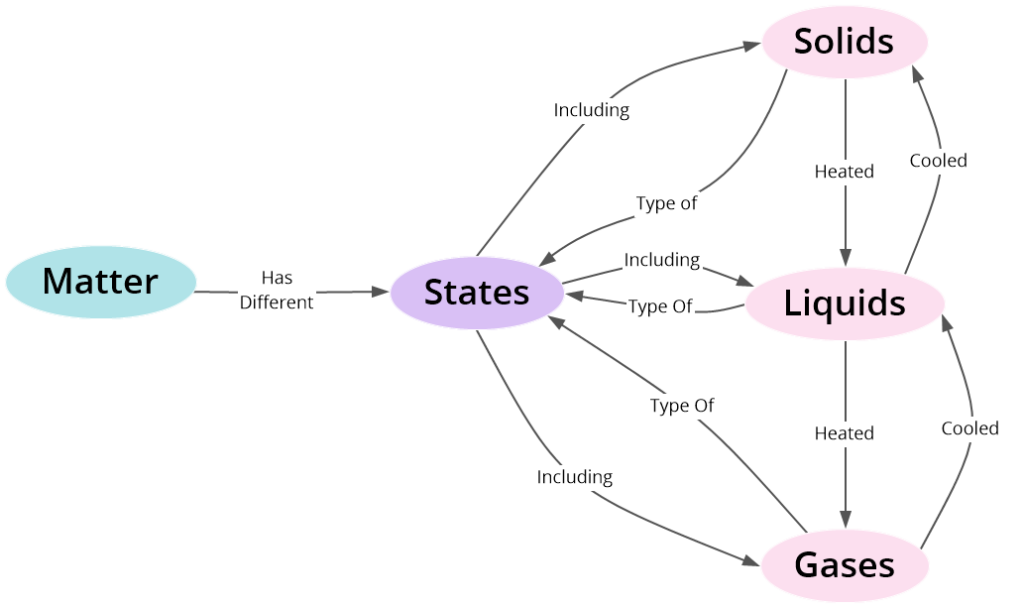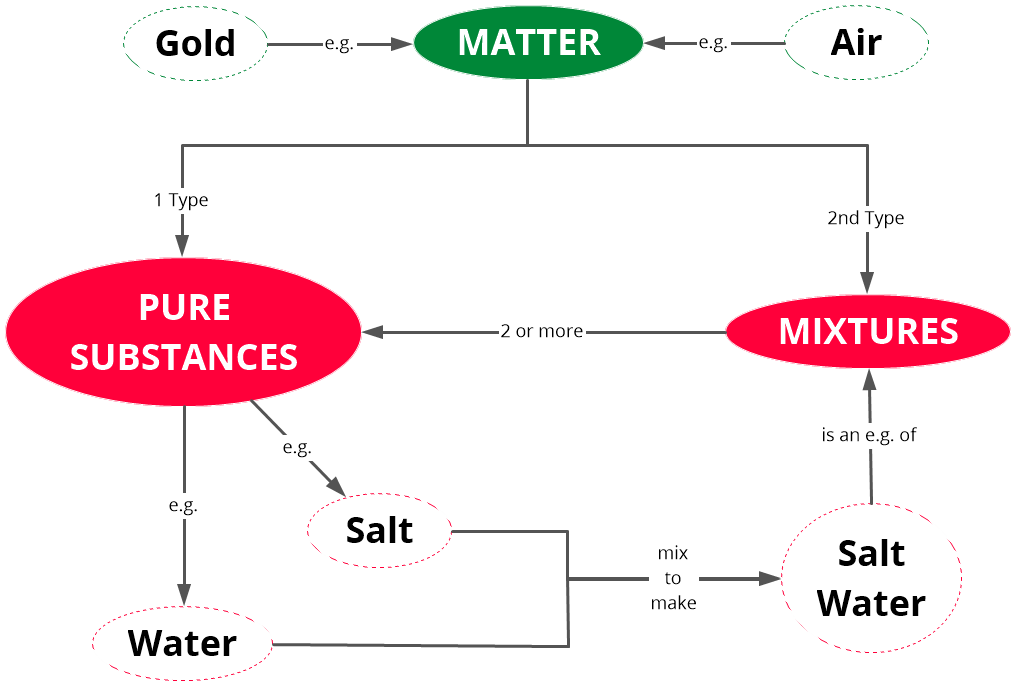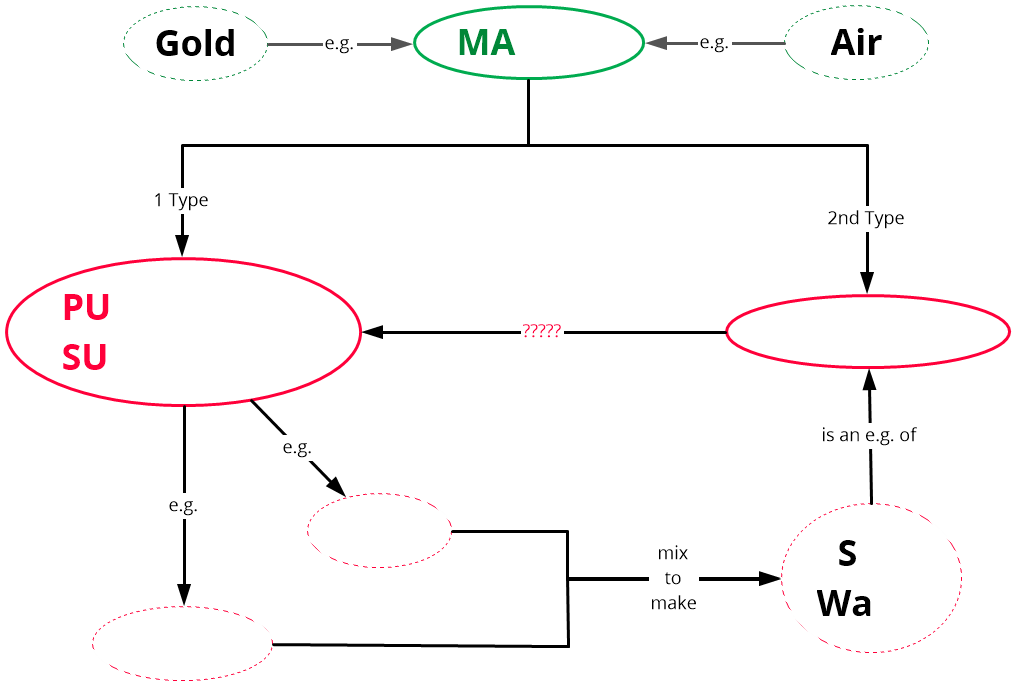
Introducing concept mapping into the classroom is a proven way to enhance learning and deepen understanding and is a technique that is easily applied to different stages of teaching. Here we will look at the positive impact it has and how to include concept mapping in classroom learning.
In the following examples, I have used a software program called Inspiration 10. This program is very popular amongst the schools where I live, in Australia. You can make concept maps by hand, but as your thoughts change it often involves a lot of rubbing out or starting again. So, in my opinion, using software is the best way to go.
In the summer issue, John Galloway wrote about concept mapping and how it benefits all learners, but particularly those with special educational needs and disabilities (SEND), as it helps users to organise their ideas and make connections between pieces of information. John also encouraged the use of software, such as Inspiration 10, when creating concept maps, as it makes the process quicker and allows the user to add useful hyperlinks, images and notes.
Concept mapping is a visual way to show how different concepts relate to each other in an organised way. You simply arrange your concepts and then connect them with labelled arrows that describe the relationship. For example:

Deep learning
Several studies show the average effect of concept mapping size is greater than most other teaching or learning strategies. For example, it has three times the impact of growth mindset programs[i] and twice the effect of typical homework[ii]

Yet, concept mapping is not just about getting better marks. It can help your students deepen their understanding.
Deep learning occurs when students focus on the meaning of new concepts[iii], including how the new ideas fit with each other and with prior knowledge.
This is shown in the SOLO taxonomy[iv], which explains how deeper understanding develops as students comprehend the connections between the different parts of what they are learning.
Concept mapping helps your students to visualise how all the bits of information fit together. And, when coupled with verbal explanations, it has a large effect on students’ learning. This holds true across all stages of the teaching process.
Example lesson – using concept maps in the classroom
Here is an example lesson plan to demonstrate how concept mapping can be incorporated into an introductory lesson on the science of mixtures. This lesson plan follows each phase of the I Do – We Do – You Do teaching process, to show how concept mapping can be effectively integrated at different stages of teaching. As an example, the goals of this lesson are for your students to understand that:
- Matter can be classified into two groups, pure substances and mixtures
- Mixtures are combinations of two or more pure substances
I Do
In the I Do phase, you build a concept map that your students can see while verbally explaining the material.
Here is an example of a concept map (i.e. your visual) that you could use.

This example of a concept map focuses on main ideas, which research[v] shows lead to more impact on learning. The diagram doesn’t show everything but is instead something you verbally explain.
You can enhance your impact further by progressively building your map. This helps ensure the visual is complementing rather than distracting students from what you are saying at any given moment.
We Do
Learning is further enhanced when students engage with concept maps themselves7. During the We Do phase of the lesson, you can have your students engage with partially completed maps. In essence, you are sharing the creation of the maps where where you complete some parts, either before the lesson or live in front of the students, and your students complete the remaining parts of the map,

Using this map, you can ask students questions about the missing variations of the concept map you show the whole class and to complete missing parts of a partially completed map on their own.
You Do
During the You Do phase of the lesson students create a map from scratch, including the concepts, the examples, and the labelled links. This gives the teacher an informal opportunity to formatively assess their understanding and to offer insightful feedback to the class.
Not Just One Lesson
A large statistical review of research[v] on concept mapping revealed that its impact is largest when you use it beyond single lessons. By using it across lessons, you can help students build connections between aspects of your whole unit of work.
To learn more about Inspiration 10 and how it can help with creating concept maps, visit https://www.inspiration-at.com/.
About Shaun Killian
Shaun is passionate about helping all students achieve even higher levels of success. In almost 30 years of working in education in Australia, he has been a teacher, a school principal and, for a period, both at the same time Shaun has worked in both primary and high schools, as well as in both the public and private systems. At the moment, he is doing daily physio to learn how to walk again after having both his legs amputated. Yet, while he can’t currently teach, he funnels his passion into writing about research to help his fellow teachers. *Example concept maps have been produced using Inspiration 10.
[i] Sisk VF, Burgoyne AP, Sun J, Butler JL,
Macnamara BN. To what extent and under which circumstances are growth mind-sets
important to academic achievement? Two meta-analyses. Psychological
Science. 2018;29(4):549-571; and, Yeager, D.S., Hanselman, P., Walton, G.M. et al. A
national experiment reveals where a growth mindset improves achievement. Nature 573,364–369
(2019).
[ii] Cooper, H. (2007). The battle over homework:
Common ground for administrators, teachers, and parents (3rd
ed.). Corwin Press.
[iii] Craik, F. I., & Lockhart, R. S.
(1972). Levels of processing: A framework for memory research. Journal
of verbal learning and verbal behaviour, 11(6), 671-684.
[iv] Biggs, J. B., & Collis, K. F.
(2014). Evaluating the quality of learning: The SOLO taxonomy
(Structure of the Observed Learning Outcome). Academic Press.
[v] Nesbit, J. C. & Adesope, O. O. (2006). Learning with concept maps: A meta-analysis. Review of Educational Research, 76(3), 413-448.
Register for free
No Credit Card required
- Register for free
- Free TeachingTimes Report every month